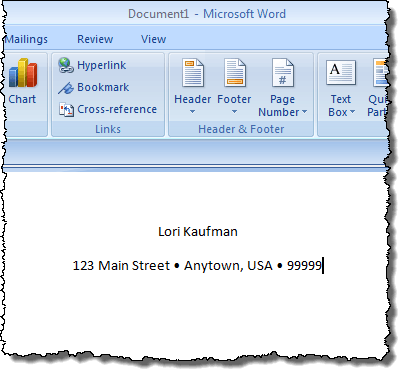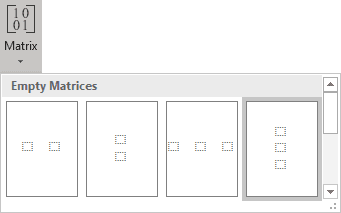

- #MICROSOFT WORD EQUATION EDITOR LARGE VERTICAL LINE HOW TO#
- #MICROSOFT WORD EQUATION EDITOR LARGE VERTICAL LINE FREE#
- #MICROSOFT WORD EQUATION EDITOR LARGE VERTICAL LINE WINDOWS#
#MICROSOFT WORD EQUATION EDITOR LARGE VERTICAL LINE FREE#
Please feel free to ask any questions you’ve on this topic. When opening a Word document that contains an embedded equation editor object, select the L.

Yeah, that’s right, it’s called a border line! Once you’re done, MS-Word will no longer turn three or more hyphens at the beginning of a line into a border line. Office button (round orb like button in top-left corner) > Word Options > Proofing > AutoCorrect Options > AutoFormat as You Type > Apply as you type > Uncheck the box for Border lines See Also: Learn even more such helpful MS-Word tricks Here is how you can do this:įile > Options > AutoCorrect Options > AutoFormat as You Type > Apply as you type > Uncheck the box for Border lines If you are tired of keep removing this line all the time, you can tell MS-Word not to automatically convert those hyphens into a bar. This is how you can remove automatic horizontal line in MS-Word. This will display your list of saved equations. Click the downward-pointing triangle to the right of the pi symbol. At the far right you’ll see the Math group. If so, Jessica, click on the Document Elements tab. So, in such a case, you should position your cursor right above this horizontal line and select “No Borders” from the Borders menu available in the Home tab. I assumed she was talking about the built-in equation editor in Word 2011. If you have done more work after Word converted those dashes into a line, then the above method will not work (CTRL + Z undoes only last few actions). The line will be gone and you’ll get back your three dashes. But have the following three methods to remove this border:Īs soon as you type three or more dashes and MS-Word produces this “line”, just press CTRL + Z to undo Word’s action. This is why you can not select it with a mouse click and because it is unselectable -you can not press delete button to remove it. The first thing that you need to understand about this line is that it is NOT a line. Smallest value in the first four cells in the third row of the table marked by the bookmark "Table3.How to Get Rid of This Horizontal Line Border? Add superscript and subscript as a matrix: under Equation Tools, on the Design tab, in the Structures group, click the Matrix button. In the place, where it is needed, add the vertical line by typing: \vert, \vbar or use the symbol Vertical line in the keyboard.
#MICROSOFT WORD EQUATION EDITOR LARGE VERTICAL LINE HOW TO#
PRODUCT( ) Returns the result of multiplying a list of values. Add the formula in your document as usual (see how to add different types of equations). There are many uses for vertical lines, and they can really make your Word document. OR( x, y) Returns the value 1 (true) if either or both logical expressions x and y are true, or the value 0 (zero) (false) if both expressions are false. In this video, I show you how to insert vertical lines in Microsoft Word. NOT( x) Returns the value 0 (zero) (false) if the logical expression x is true, or the value 1 (true) if the expression is false. MOD( x, y) Returns the remainder that results from dividing the value x by the value y a whole number of times. MAX( ) Returns the largest value in a list.

MIN( ) Returns the smallest value in a list. INT( x) Returns the numbers to the left of the decimal place in the value or formula x. DEFINED( x) Returns the value 1 (true) if the expression x is valid, or the value 0 (false) if the expression cannot be computed. COUNT( ) Returns the number of items in a list. AVERAGE( ) Returns the average of a list of values. AND( x, y) Returns the value 1 if the logical expressions x and y are both true, or the value 0 (zero) if either expression is false. ABS( x) Returns the positive value of a number or formula, regardless of its actual positive or negative value. The functions AVERAGE(), COUNT(), MAX(), MIN(), PRODUCT(), and SUM() can also accept references to table cells as arguments. Arguments can be numbers, formulas, or bookmark names.
#MICROSOFT WORD EQUATION EDITOR LARGE VERTICAL LINE WINDOWS#
Functions with empty parentheses can accept any number of arguments separated by commas (,) or semicolons ( ), as long as you use the list separator defined as part of the regional settings in Microsoft Windows Control Panel. The = (Formula) field can use values returned by the following functions.


 0 kommentar(er)
0 kommentar(er)
